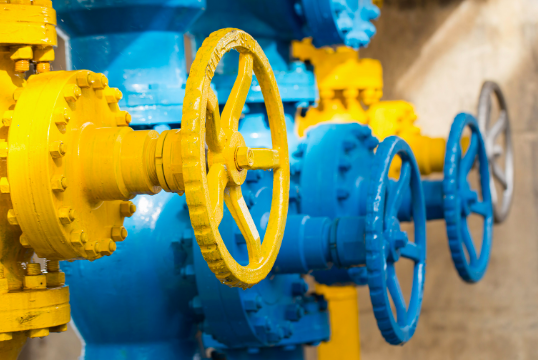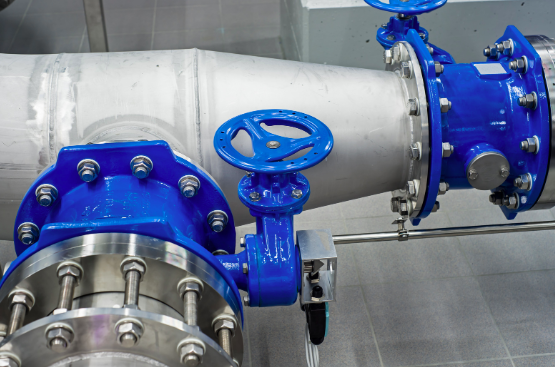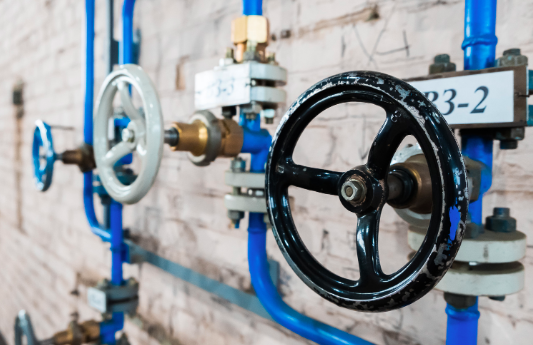Last Updated on November 25, 2022 by mdmtool
Two types of valves are used for pressure relief, and these are known as relief valves and safety valves. Both of these valves serve an important purpose in protecting people and equipment from the dangers of over-pressurization. However, there are some critical differences between relief valves and safety valves that should be noted.
What Is A Relief Valve?

A relief valve is a valve that opens to relieve pressure in a system.
What Is A Safety Valve?

A safety valve is a device used to release pressure in a system to prevent it from becoming too high.
Comparison Of Relief Valve And Safety Valve
Amount Of Pressure: One of the main differences between relief and safety valves is the amount of pressure they can withstand. Relief valves are typically designed only to withstand a certain amount of pressure before they open. On the other hand, safety valves are designed to withstand much higher pressure levels.
Operation: Relief valves are typically automatic, meaning they open when the pressure in the system reaches a certain level. Safety valves are generally manual, indicating they are opened and closed by hand.
Setpoint:
- 3% over working pressure level for safety valves
- 10% for relief valves
Time To Open: Relief valves are designed to spread quickly, while safety valves are designed to open more slowly.
Opening Valve: Relief valves typically open by a spring, while a weight usually opens safety valves.
Purpose: The purpose of a relief valve is to relieve pressure in a system. The purpose of a safety valve is to release tension in a system to prevent it from becoming too high.
Closing Valve: Relief valves close when the pressure in the system decreases. Safety valves close when they are turned off by hand.
Safety Devices: Relief valves are not typically used as safety devices. Safety valves are often used as safety devices.

Materials: The material of a relief valve is typically brass, bronze, or stainless steel. The material of a safety valve is generally cast iron, forged steel, or stainless steel.
Operator: Relief valves do not require an operator. Safety valves often require an operator.
Inspection: Both valves should be inspected regularly to ensure they work properly.
Size: Relief valves are also typically larger than safety valves, as they need to handle the full flow of fluid from the system. On the other hand, safety valves are only designed to release a small amount of liquid.
Applications: Relief valves are used in various applications, such as air compressors, boilers, and pressure vessels. Safety valves are used in multiple applications, such as boilers, pressure vessels, and storage tanks.
Types: There are two main types of relief valves: spring-loaded and diaphragm-type. There are three safety valves: spring-loaded, diaphragm-type, and pilot-operated.

Pros & Cons Of Relief Valve
Pros
- Can be used for both liquid and gas
- Simple design which is easy to manufacture and maintain
- Reliable and has a long lifespan
- Does not require an operator
Cons
- If not maintained adequately, it can become clogged.
- It can be damaged by corrosion over time
- Can be expensive
Pros & Cons Of Safety Valve
Pros
- Is typically manual, meaning it can be opened and closed by hand.
- Is often used as a safety device
Cons safety device
- If not maintained properly, it will not work properly.
- Can be expensive
FAQs
Can I Use The Safety Valve And Relief Valve Interchangeably?
No, safety and relief valves are two different types of valves with other purposes.
Do I Need Both A Relief Valve And A Safety Valve?
It depends on the application. For example, if you have a boiler, you will need a relief valve to relieve pressure regularly. You may also need a safety valve to release pressure if the boiler gets too hot.
Conclusion
Relief valves and safety valves are different types of valves with other purposes. Relief valves are used to relieve pressure in a system regularly. Safety valves are designed to protect people from being harmed in an emergency. It is important to choose the suitable valve for the job to select the right one for your application.





